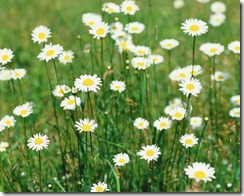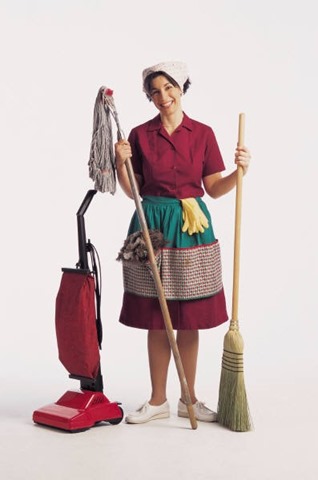 Lighter evenings, flowers blooming and temperatures warming up can only mean one thing – spring is on its way! The first warm days of the year also mean it’s time to tackle our annual spring clean, stepping up normal cleaning duties a notch, in-order to banish the winter blues from the house.
Lighter evenings, flowers blooming and temperatures warming up can only mean one thing – spring is on its way! The first warm days of the year also mean it’s time to tackle our annual spring clean, stepping up normal cleaning duties a notch, in-order to banish the winter blues from the house.
It has been suggested that the origins of spring cleaning date further back than we could imagine; in Iran they continue to practise what they translate as “shaking the house” on the first day of spring which means everything from the drapes to the furniture is cleaned. A similar tradition is the Scottish New Year held on Hogmanay (31st December), a practice now also common in Ireland, North America and New Zealand.
 Another possible origin of spring cleaning can be traced back to the ancient Jewish practice of thoroughly cleansing the home for the spring-time memorial feast of Passover; this is in remembrance of the Jews’ hasty departure from Egypt following their captivity. During this seven day observance, Passover prohibits the eating or drinking of anything that might be fermented with yeast, and therefore everyone was commanded to rid their homes of even the smallest remnants – conducting a thorough “spring clean” of the house.
Another possible origin of spring cleaning can be traced back to the ancient Jewish practice of thoroughly cleansing the home for the spring-time memorial feast of Passover; this is in remembrance of the Jews’ hasty departure from Egypt following their captivity. During this seven day observance, Passover prohibits the eating or drinking of anything that might be fermented with yeast, and therefore everyone was commanded to rid their homes of even the smallest remnants – conducting a thorough “spring clean” of the house.
In Northern Europe and North America, the spring cleaning custom was practical due to the regions’ wet climates; before the vacuum cleaner was introduced, March was often the best time for dusting. It was warm enough to open the windows and doors and the high winds would carry the dust out of the houses. For the same reason, modern rural households often use the month of March for cleaning projects involving the use of chemical products which can generate fumes.
Whilst in Greece, their thorough spring clean is carried out during the first week of Great Lent, which is referred to as “Clean Week”, held on 1st April.
For handy tips and time saving advice on spring cleaning your house, click here